Dark Origins – Mary, Mary, Quite Contrary
Posted: January 27, 2021 Filed under: Dark Origins, Fairy Tales, Nursery Rhymes | Tags: Dark Origins, Fairy Tales, Nursery Rhymes, Roberta Eaton Cheadle, Writing to be Read 46 Comments
Mary, Mary, Quite Contrary is an English nursery rhyme which is believed to have religious and historical significance.

The most common modern version of this nursery rhyme is as follows:
Mary, Mary, quite contrary,
How does your garden grow?
With silver bells, and cockle shells,
And pretty maids all in a row.
The oldest known version was first published in Tommy Thumb’s Pretty Song Book in 1744 and the lyrics were a little different.
Mistress Mary, Quite contrary,
How does your garden grow?
With Silver Bells, And Cockle Shells,
And so my garden grows.
The origins of this nursery rhyme are disputed and these are the three most popular theories.
Religous origin
One theory is that this nursery rhyme is a religious allegory of Catholicism as follows:
Mary is Mary, the mother of Jesus,
The bells are the sanctus or altar bells used to create a joyful noise to the Lord as a means of giving thanks for the miracle taking place on top of the altar,
The cockleshells are the badges of the pilgrims to the shrine of Saint James (one of the twelve Apostles of Jesus according to the New Testament) in Spain, and
Pretty maids are nuns.
Historical origins
The origin of this nursery rhyme has also been attributed to two 16th-century British queens, Mary Queen of Scots and Mary I, also known as Bloody Mary.
Mary Queen of Scots
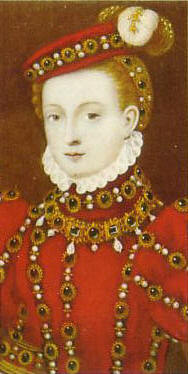
The tragic Mary Queen of Scots may have been the heroine of this nursery rhyme.
The cockle shells and silver bells were thought to have been ornaments on a dress given to her by her first husband, the Dauphin of France, who died in 1561, leaving her a widow.
The pretty maids all in a row is believed to refer to her ladies-in-waiting, the famous Four Mary’s: Mary Seton, Mary Fleming, Mary Beaton and Mary Livingston. These four young girls, all of noble and high birth, accompanied her when she travelled to France. They all had Scottish fathers and two of them had French mothers and could be relied upon to be loyal to the Scottish Queen and also to her French mother, Marie de Guise.
Mary I or Bloody Mary
Mary I was the elder daughter of King Henry VIII. Mary was a devout Catholic and upon ascending to the throne, following the death of her brother Edward VI, restored the Catholic faith to England. This, according to this theory, earned her the description Mary, Mary, Quite Contrary.
Bloody Mary was renowned for torturing Protestants and “silver bells” was a nickname for the thumbscrews. “Cockleshells” were believed to be instruments of torture attached to the genitals. Pretty maids in a row was said to represent people lined up to be executed by the Halifax Gibbet, the same as a guillotine, which was nicknamed ‘a maiden’.
“How does your garden grow?” could be a taunt about Mary I’s failure to produce an heir or it could be a reference to the cemetery and the fact that the more deaths there were, the more the cemetery flowers would grow.
What do you think about this nursery rhyme? Which theory do you think is the most likely? Let me know in the comments.
About Roberta Eaton Cheadle



Roberta Eaton Cheadle has published nine children’s books under the name of Robbie Cheadle. She has branched into writing for adults and young adults and, in order to clearly separate her children’s books from her adult books, is writing for older readers under the name Roberta Eaton Cheadle.
Her supernatural stories combine fabulous paranormal elements with fascinating historical facts.
Supernatural fantasy YA novel:
Through the Nethergate
Horror Anthologies (edited by Dan Alatorre):
Spellbound
Nightmareland
Dark Visions
Paranormal Anthologies (edited by Kaye Lynne Booth):
Spirits of the West
Whispers of the Past
Murder mystery Anthology (edited by Stephen Bentley)
Death Among Us
Find Roberta Eaton Cheadle
Blog: https://wordpress.com/view/robertawrites235681907.wordpress.com
Twitter: https://twitter.com/RobertaEaton17
Facebook: https://www.facebook.com/robertawrites
Amazon: https://www.amazon.com/Roberta-Eaton-Cheadle/e/B08RSNJQZ5
_____________________________________________________________________________________________
Want to be sure not to miss any of Robbie’s “Dark Origins” segments? Subscribe to Writing to be Read for e-mail notifications whenever new content is posted or follow WtbR on WordPress. If you found it interesting or entertaining, please share.


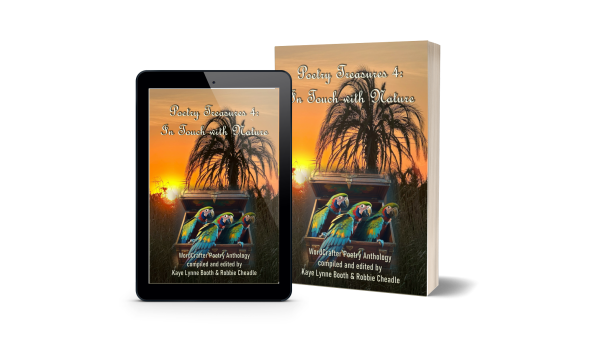
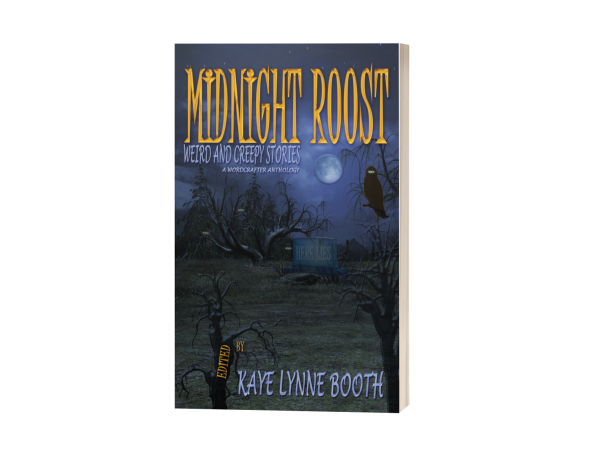



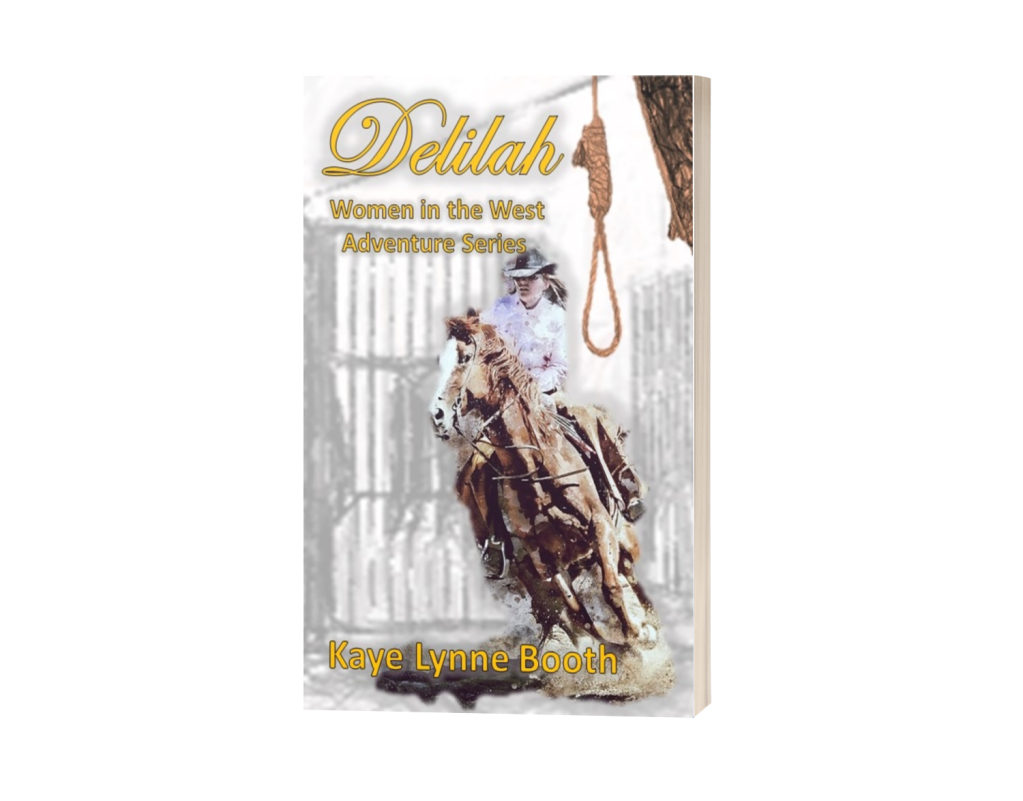
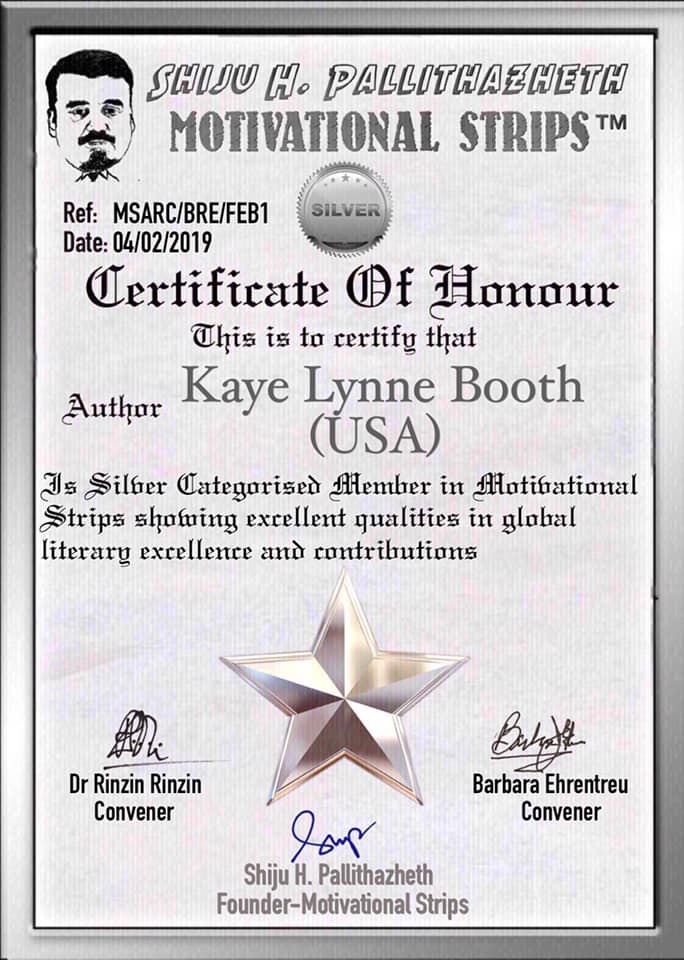
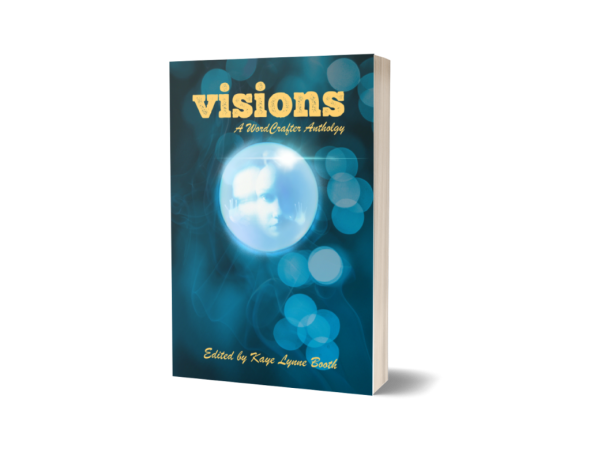


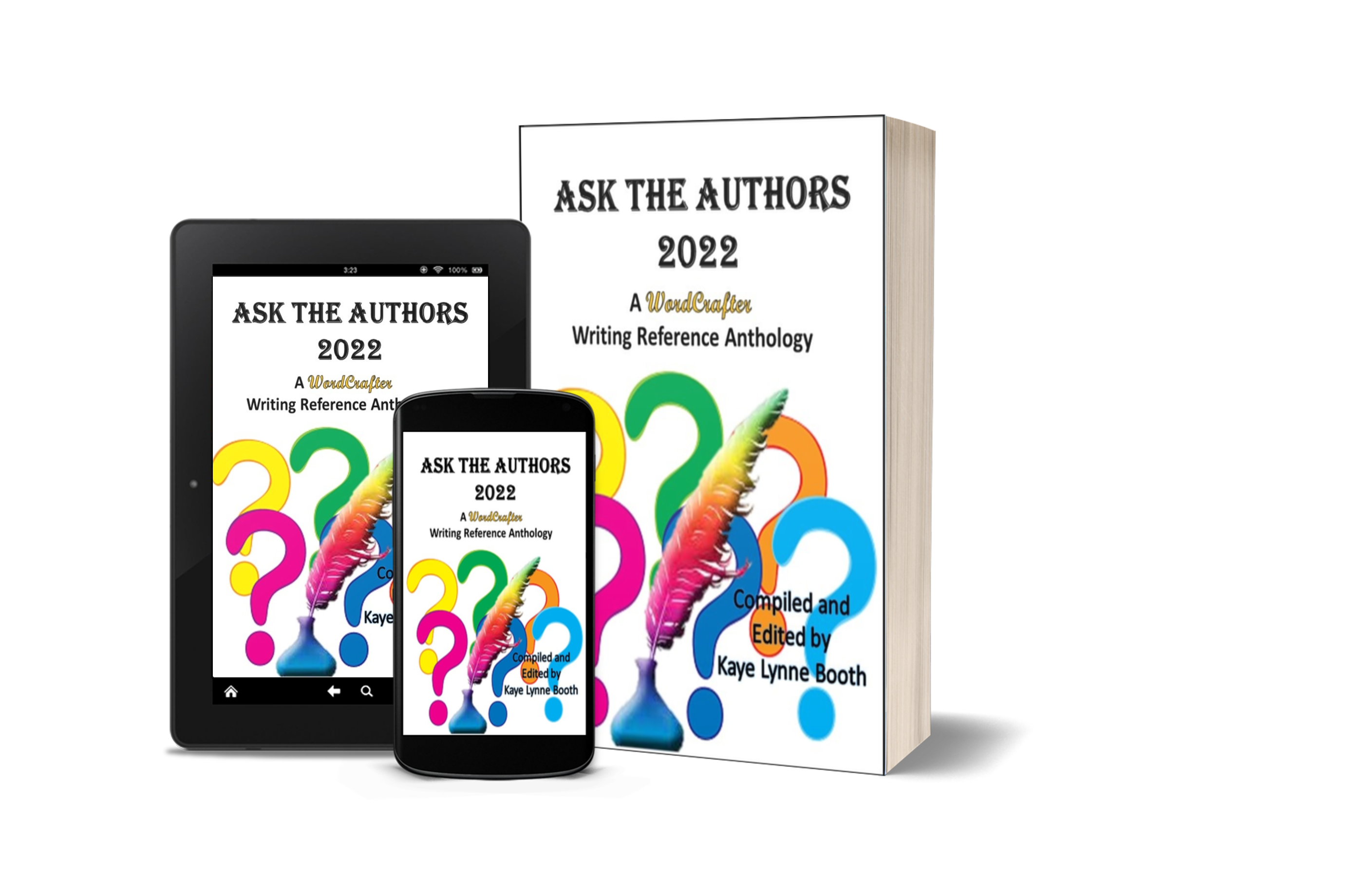
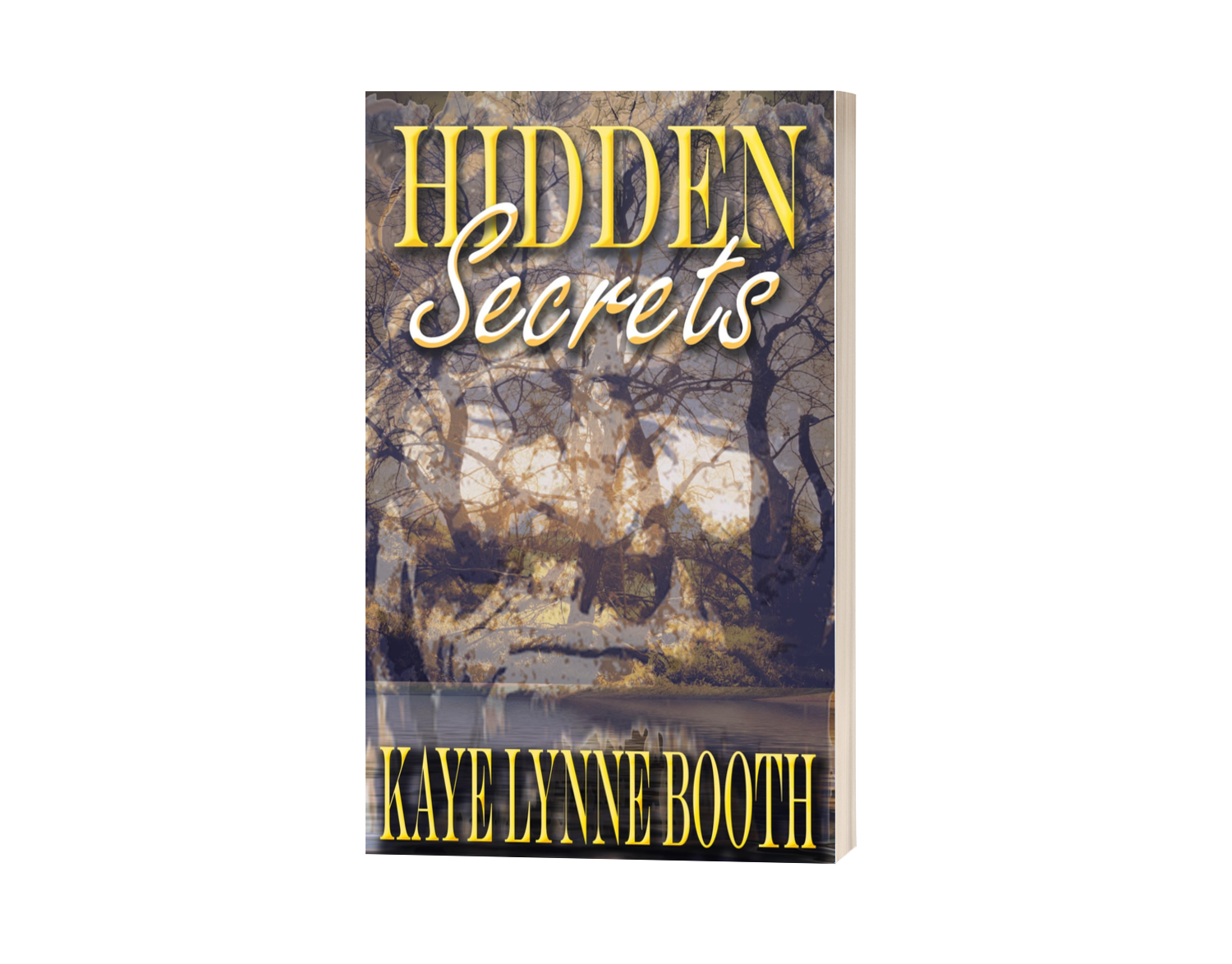
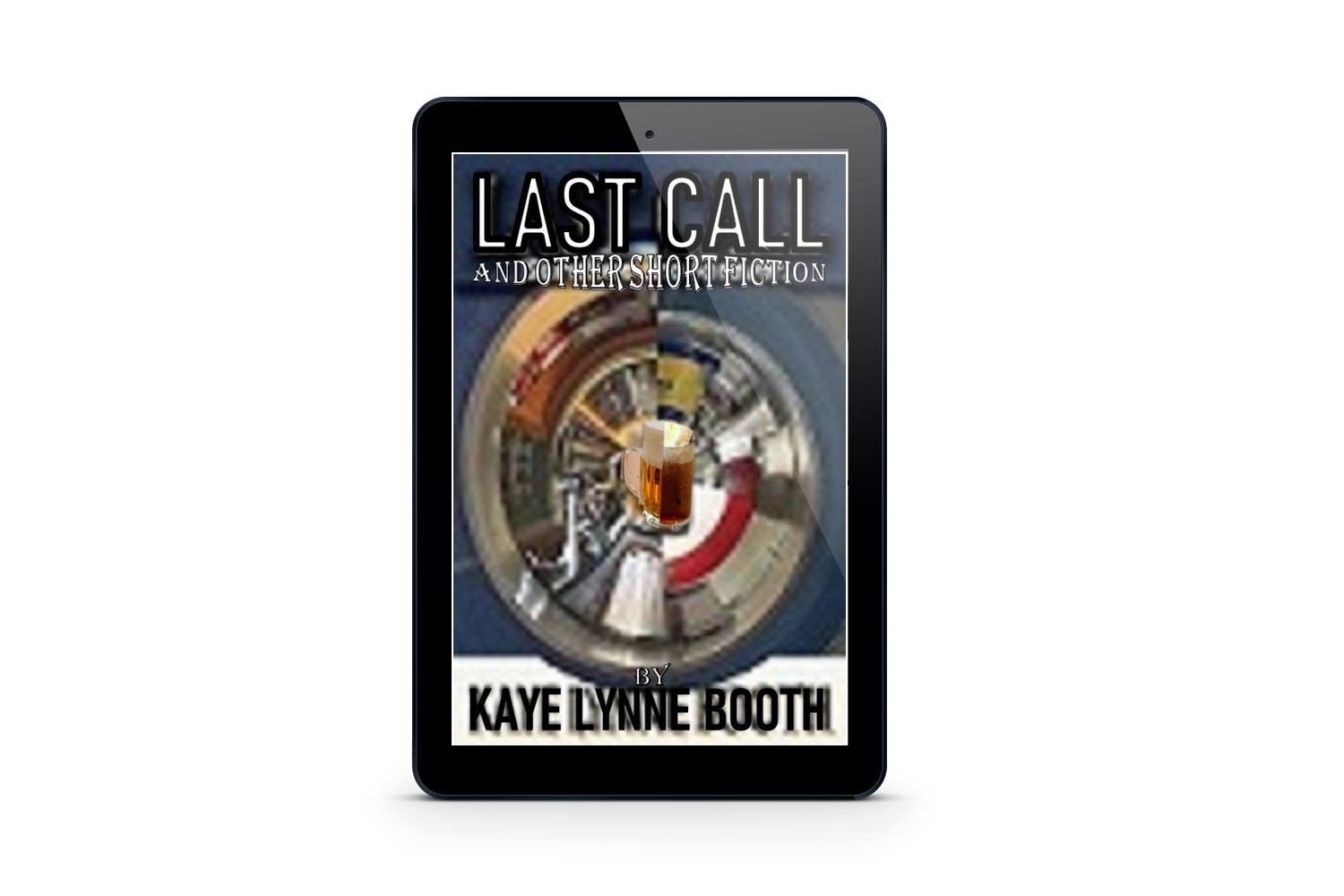
Reblogged this on and commented:
I am very excited about my new series over at Writing to be Read called Dark Origins – Nursery Rhymes and Fairytales. My first post looks at the dark origins of the nursery rhyme, Mary, Mary, Quite Contrary. There are three theories and they are all fascinating. Thank you for hosting me, Kaye Lynne Booth.
LikeLiked by 1 person
My pleasure, Robbie. It promises to be a wonderful blog series, which I am happy to be able to host. Great first post, btw. 🙂
LikeLike
Thank you, next month it will be Hansel and Gretel
LikeLiked by 1 person
Very interesting interpretations of this nursery rhyme, Robbie. It really resonates with Mary Queen of Scots, doesn’t it? Thank you for sharing!
LikeLiked by 2 people
I honestly didn’t know that this nursery rhyme had dark origins, Jan, until it popped up during my research process. I was fascinated by these three possible origins, but the religious possibility seems less likely to me. Thanks for visiting.
LikeLiked by 1 person
I love this kind of background. I remember hearing a few of these references before, but my memory of them is sketchy at best. A very enlightening post. I think the poem probably has more historical likelihood than religious. Very interesting to speculate on!
LikeLiked by 2 people
Hi Mae, I agree with you. I think the theories of one or other of the two Mary’s is more likely. It seems people are divided on which one. I thought this history was fascinating and could definitely be worked into a period book or short story.
LikeLiked by 2 people
I always pictured a pretty garden when I was a child and felt some affinity as my middle name is Mary, so is my mother’s and daughter’s. There are too many Marys in history and of course the Virgin Mary who made the name popular! I think it’s most likely to be about Bloody Mary.
LikeLiked by 2 people
HI Janet, I love the name Mary and am very familiar with the Virgin Mary as I grew up a Catholic and it was to her I always said my penances after confession. I no longer do these things but I still have great regard for the traditions of the Catholic Church. I also veer towards thinking this is about Bloody Mary, a much feared and hated woman.
LikeLiked by 2 people
This was really interesting, but it makes sense. It reminds me of the origins of Ring Around the Rosey. Not all sweet like we associate them with.
LikeLiked by 2 people
Hi Carla, you are right about that. I am thinking of writing about the plague and its various manifestations for this series and linking it to that particular rhyme. There are other myths about its origins other than the plague. Not many people know there were three variants of the plague so its quite an interesting topic.
LikeLiked by 2 people
I didn’t know that. Hmmmm
LikeLiked by 2 people
Most nursery rhymes were political statements from what I’ve read. I guess you’d call them medieval “tweets.”
LikeLiked by 2 people
What a great comparative. People have always expressed their views in some way or another. There are so many fascinating dark origins for fairytales and nursery rhymes, I’m finding it hard to chose which ones to write about.
LikeLiked by 1 person
I love it. Medievil Tweets. That’s too rich.
LikeLiked by 1 person
I love the dark side of nursery rhymes. What horror movie/book couldn’t benefit from a bunch of creepy kids chanting nursery rhymes?
LikeLiked by 2 people
Agreed, Jessica. “One, two, Freddy’s after you.” :0
LikeLiked by 2 people
Exactly!! How creepy!
LikeLiked by 2 people
I agree. Many nursery rhymes just have a creepy feel to them, and some fairy tales tell of ghastly events, people being eaten by wolves or shoved into ovens or poisoned. The kind of events that make you wonder what on earth people were thinking to tell these tales to their young children. That’s why this new series of Robbie’s is going to prove to be quite interesting. 😉
LikeLiked by 3 people
Yes, I’ve woven a nursery rhyme and its dark origins into all my books, Jess.
LikeLiked by 2 people
Nice work, Robbie 🙂
LikeLiked by 1 person
I would say Queen Mary fits rather well. The rhyme does have a sinister overtone, at least I’ve always thought so. (K)
LikeLiked by 2 people
Strangely, Kerfe, I never thought this one was particularly dark and these dark origins were a surprise to me. Some, like Oranges and Lemons, are obviously sinister, but I always thought this poem was about a garden.
LikeLiked by 2 people
There’s something about the tone of it–but nursery rhymes never seemed innocent to me.
LikeLiked by 2 people
The theory I’ve heard before is Bloody Mary (from my mother’s copy of The Annotated Mother Goose, if memory serves).
LikeLiked by 2 people
Yes, that one seems the most likely and popular, Liz. A horrible woman but she had a tragic and terrible childhood.
LikeLiked by 2 people
Fascinating, Robbie I knew that many tales and rhymes had a dark side but no more than that… Three great possibilities I would go with the Queens very interesting post xx
LikeLiked by 2 people
Thank you, Carol. I am very excited about this new series of articles. I love dark origins. I am in favour of Bloody Mary but that may because she completely fascinates and horrifies me.
LikeLiked by 1 person
Me too, Robbie that people can do to fellow humans just what they like.. Its never going to stop it has been going on since inception and still goes on.. As you say both fascinating and horrifying… I sometimes shake my head in utter disbelief… X
LikeLiked by 2 people
I think most of us go for the darkest explanation. As it’s often the case, children most probably don’t know what it might have meant originally, and it’s fascinating to research. Thanks, Robbie. What a promising start for a series of posts!
LikeLiked by 2 people
Hi Olga, thank you, I am very excited about this series. The research is fascinating.
LikeLiked by 1 person
Deep sigh. I do believe that all of the theories have validity. Innocence was nor so innocent, eh?
LikeLiked by 2 people
Absolutely, Annette. The theories do all share common threads and any of them could be the actual origin. I did favour the Bloody Mary one though, knowing that period of English history quite well.
LikeLiked by 2 people
I’m leaning towards Mary Queen of Scots…
LikeLiked by 2 people
Most people lean towards one or other of the Mary’s, Jim. I am in favour of Bloody Mary, what a horrible and tyrannical woman. She did have a terrible childhood which probably warped her.
LikeLiked by 1 person
I’m really looking forward to these, Robbie. I have earlier versions of some of the fairy stories and they make for pretty disturbing reading, too – I think the idea was for them to be cautionary tales!
LikeLiked by 2 people
Hi Alex, I agree that they were intended to be cautionary. Some of the histories are terrifying. I remember reading Struwwelpeter to my son, Greg, and my MIL was horrified. I had it as a girl and read it many times. The stories fascinated me. https://en.wikipedia.org/wiki/Struwwelpeter
LikeLiked by 2 people
I have an old copy of Struwwelpeter, too. Not for the faint-hearted!
LikeLiked by 2 people
Another dark tale, a Mother Goose rhyme: Rock-a-bye baby, on the treetops,
When the wind blows, the cradle will rock,
When the bough breaks, the cradle will fall,
And down will come baby, cradle and all.
Very creepy! Perhaps you have explored this one too in your writing, Robbie!
LikeLiked by 2 people
Hi Marian, I haven’t explored this one yet but will certainly do so. Thanks for the idea, Marian.
LikeLiked by 2 people
Mary I or Bloody Mary Makes the most sense to me… and is fascinating so I kinda hope that’s the correct one 🙂
Awesome stuff here!
LikeLiked by 1 person
Mary I or Bloody Mary Makes the most sense to me. And I’m pulling for it to be the correct one because I like it :)))
You’ve got some great content here!
LikeLiked by 2 people
Thank you, I enjoy considering the various options and deciding on the most likely one. I am not always right.
LikeLiked by 1 person
Fascinating and informative post! Great job, Robbie!
LikeLiked by 2 people
Thank you, Tim. I’m glad you enjoyed this post. I have always been fascinated by the origins of nursery rhymes and stories.
LikeLiked by 2 people
Mary Tudor – far more contrary than the Virgin Mary,
difficult childhood, of course,
but why is her half sister never called ‘ Bloody’ ?
PS .
Can any nursery rhyme expert explain I had a Little Pony ?
LikeLiked by 1 person